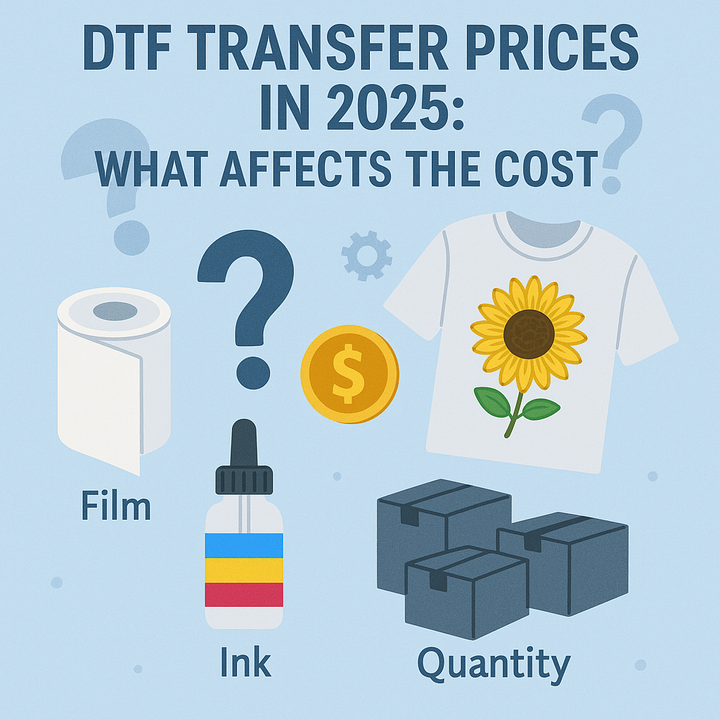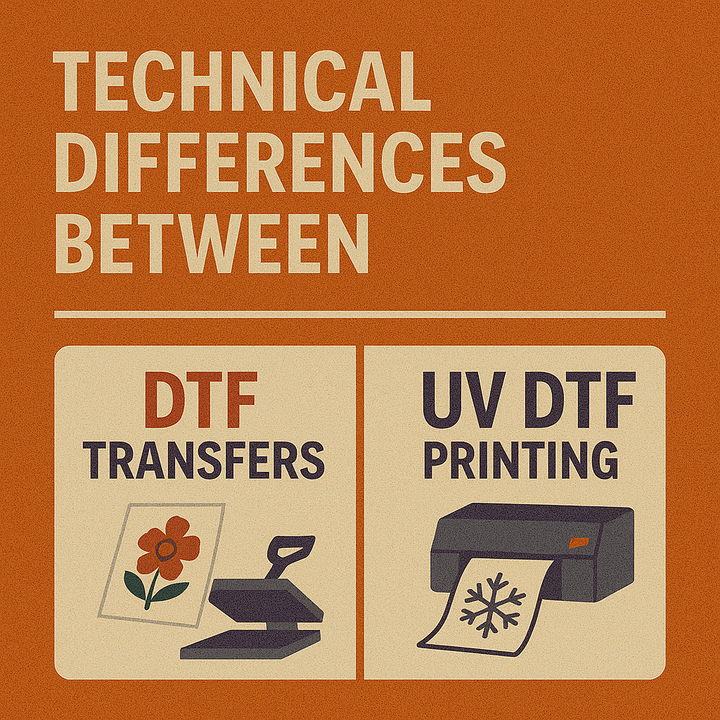As the demand for custom apparel grows, DTF (Direct to Film) printing has emerged as one of the most flexible, cost-effective, and high-quality solutions in the textile industry. Unlike traditional methods like screen printing or sublimation, DTF technology allows printing on virtually any fabric type and color—giving both businesses and DIY creators limitless creative possibilities.
🎨 Why Choose the DTF Printing System?
The DTF method breaks down creative barriers. While sublimation printing is restricted to white polyester fabrics, DTF allows you to print on cotton, blends, denim, leather, and dark-colored fabrics without limitations. This makes it a superior solution for both hobbyists and large-scale textile manufacturers.
Print on any fabric type: cotton, polyester, blends, leather, spandex & more
No need for pretreatment
Vivid colors, sharp detail, and strong durability
Affordable production and minimal material waste
Create your own custom artwork and leave the technical side to DTF. With just heat and pressure, even at-home users can apply high-quality transfers with a heat press—or even a household iron!
🔧 How Does the DTF Printing System Work?
Digital Design Setup
Your design is first created or imported into RIP (Raster Image Processor) software. Here, the size, resolution, and color profiles are fine-tuned for print accuracy.
Printing on Transfer Film
The design is printed onto a PET film using special DTF inks. White ink is layered first (if needed), followed by the colored inks, ensuring perfect opacity on dark fabrics.
Powder Coating
After printing, the film passes through an adhesive powder application stage. This hot-melt powder is what will bind the print to your fabric.
Curing
The powder is melted and cured, locking it into place. This step prepares the transfer for pressing onto the textile.
Heat Press Transfer
The transfer film is pressed onto the fabric with heat and pressure. After cooling, the film is peeled off, leaving behind a smooth, vibrant, and durable print.
🔁 White Ink Circulation in DTF Printers
White ink is essential in DTF printing—especially for dark garments—but it’s also thicker and more prone to clogging than other inks. That's why high-performance DTF printers are equipped with automatic white ink circulation systems.
This process continuously agitates the ink to prevent settling, clumping, or nozzle blockages—ensuring consistent color density and top-tier print results. Without proper circulation, white ink can reduce print quality and increase maintenance costs.
🧼 Ink Maintenance and Cleaning
Regular cleaning is the key to prolonging the life of your DTF printer and maintaining print quality. Residual ink buildup can impact nozzle performance and color clarity—especially when switching between designs or colors.
Thankfully, DTF systems require only light, routine cleaning using a specialized DTF cleaning solution. Whether you're a business or a solo designer, investing a few minutes in regular upkeep helps prevent issues like banding, fading, and clogging.
🧵 DTF: The Future of Fabric Printing
With DTF printing, you gain the freedom to print on-demand, reduce overhead costs, and offer fully customizable garments in vibrant, long-lasting quality. From t-shirts and hoodies to caps, bags, and workwear, the DTF printing system delivers professional results without the complexity of traditional printing methods.













































